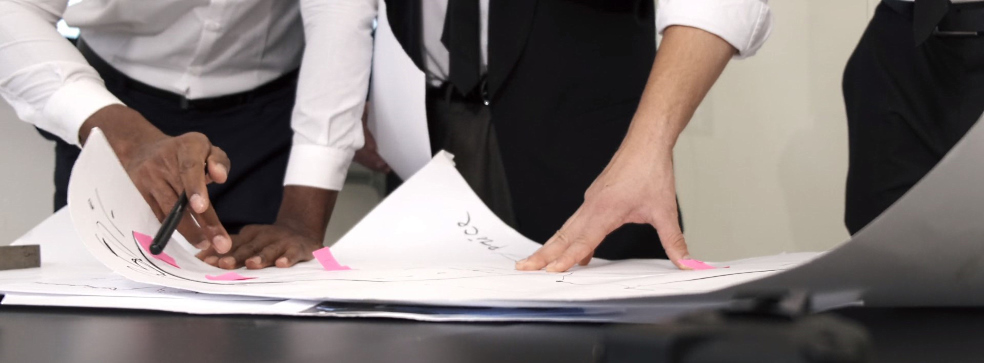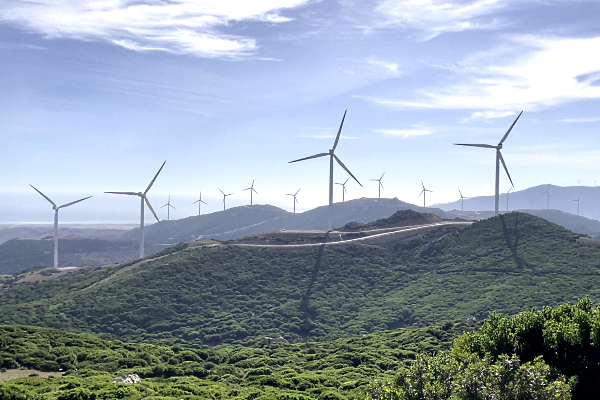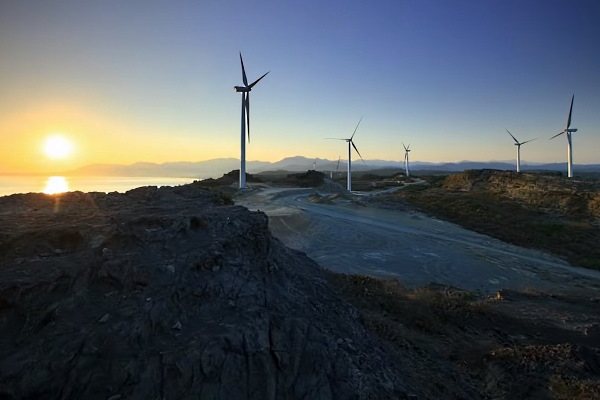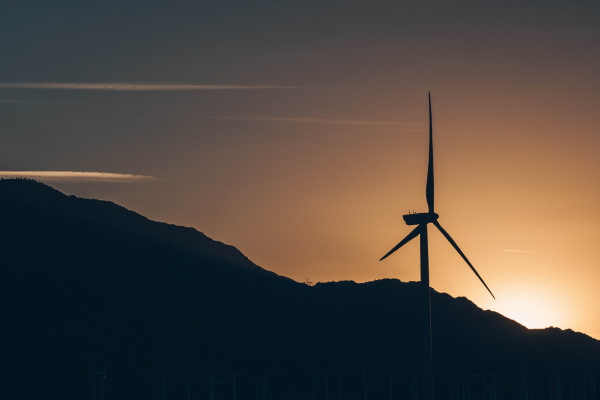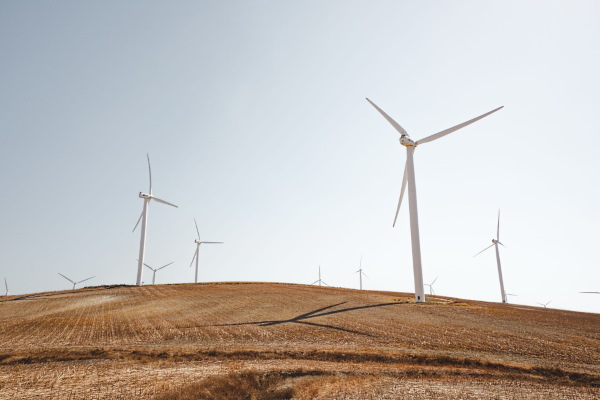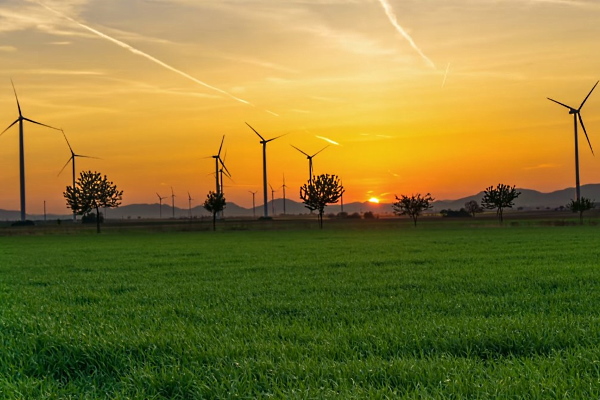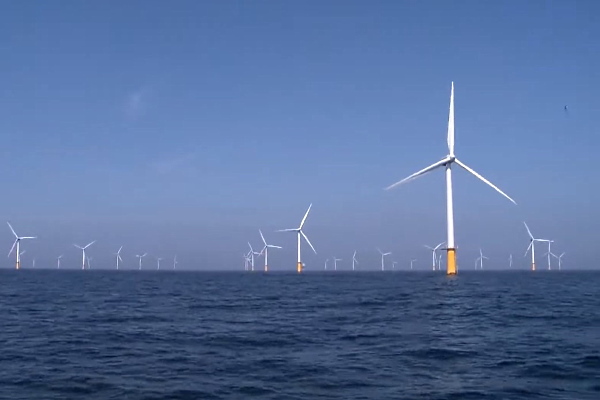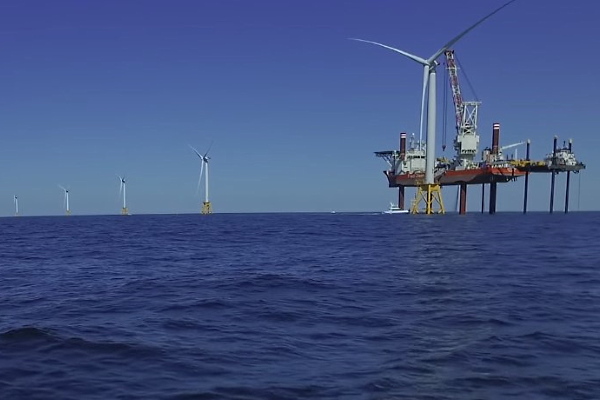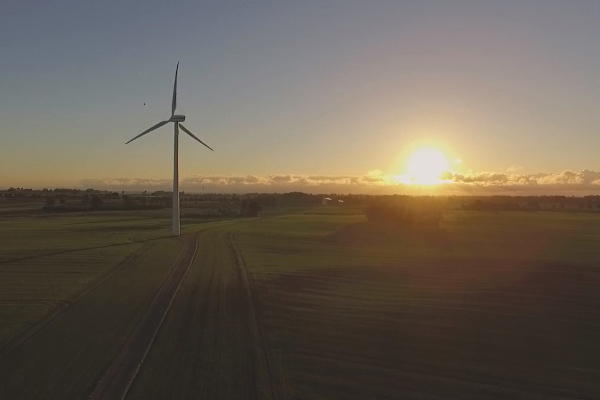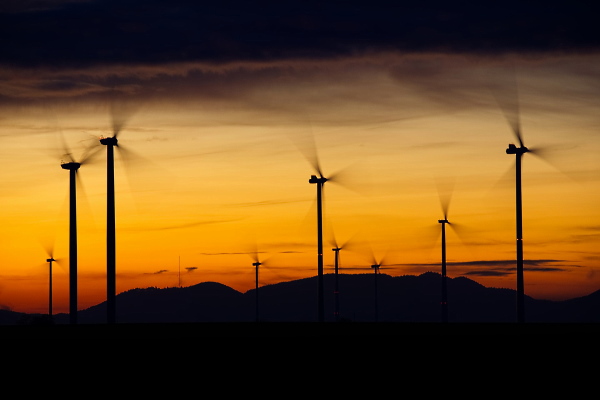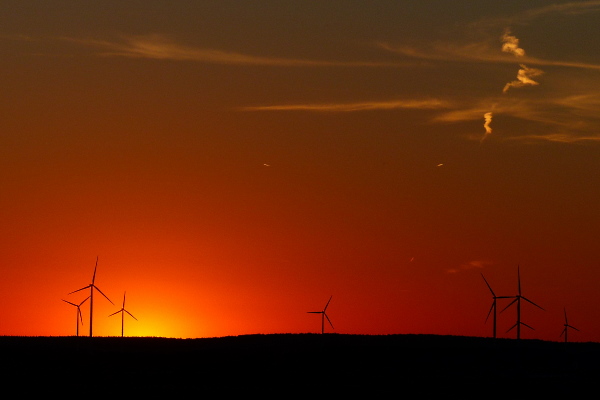To consider an application for financing, fill out the form and send it to us by e-mail along with the project brief, or contact our experts
Wind technologies are becoming more accessible and profitable, project risks are decreasing, and the demand for green energy is growing.
Favorable changes are also taking place at the legislative level, as more and more industrialized countries strive to get rid of dependence on fossil fuels.
The main factors contributing to wind energy investments include the following:
• Attractive long-term income prospects.
• Return of capital in a relatively short period of time.
• A wind farm can function for decades thanks to the periodic replacement of equipment.
• Constant technical progress and increase in the efficiency of wind power generation.
• Growing demand and improving profitability against the background of rising gas prices.
• Extending the EU requirements regarding the level of green energy production.
• Active state support for renewable energy, which is carried out in many countries.
• Options for increasing profitability due to numerous subsidies and tax benefits.
• Contribution to environmental protection and ensuring energy security of the country.
A wind farm is an environmentally friendly renewable energy source that requires large investments in the early stages of the project.
For example, in the case of an offshore wind farm with an installed capacity of 120 MW, the total costs can be expected to exceed 250 million euros. Despite the high cost of equipment and construction, wind energy is considered one of the cheapest sources of energy, and wind farms can be an attractive business.
Bank financing of wind energy projects is usually provided in the form of long-term loans for 10 years or more with interest rates ranging from 5 to 12%. However, the specific terms of lending for each investment project may differ significantly depending on its scale, the applicant, guarantees, security, policy of the host country and other factors.
As a rule, banks finance up to 60-70% of the investment cost of a wind farm, but some financial institutions offer loans of up to 90% of the project cost on favorable terms.
The main thing is to find a reliable financial partner.
Sedona Investments is an international company specializing in financing large-scale projects, including in the field of renewable energy sources.
We are ready to offer a long-term loan for your wind farm, develop an optimal financial model for a specific project, provide loan guarantees, assist with project refinancing and provide professional consulting support from A to Z.
Investments in wind energy will increase in the coming years
Several large organizations and companies, such as GWEC (Global Wind Energy Council), WWEA (World Wind Energy Association), and DEWI (Deutsches Wind Energie Institut), are engaged in the collection and processing of information and compilation of annual wind energy reports, as well as national companies overseeing the development of wind energy sector in their countries.According to the Global Wind Energy Council, the total installed capacity of wind turbines in the world in 1996 was only 6.1 GW.
As of the end of 2021, the global installed capacity of wind power was 837 GW, with more than 72 GW of installed capacity to be added this year alone.
Investment opportunities for wind energy in the world have improved significantly in recent years.
This especially applies to European countries with a perfect legal framework, a developed capital market and favorable climatic conditions. Examples of such countries are Germany, France, United Kingdom, Great Britain, Sweden, Finland, Poland, Denmark and the Netherlands.
With the technological development and improvement of wind energy technologies, real obstacles to the financing of large wind farms are becoming fewer and fewer. Indeed, regulatory barriers such as the "10H rule" continue to apply in some countries. As a reminder, this rule establishes a minimum distance from the wind generator to the nearest buildings 10 times greater than the height of the tower.
Countries with high population density are already facing the challenge of finding suitable construction sites for new wind farms due to this outdated standard.
Recently, discussions have started in Europe regarding the removal of these artificial barriers in order to stimulate the development of the wind energy sector.
The European Union has raised its green energy production target for member states, and experts predict a steady rise in energy prices for at least the next 10-15 years. Energy is becoming more expensive throughout Europe, including due to increased carbon prices.
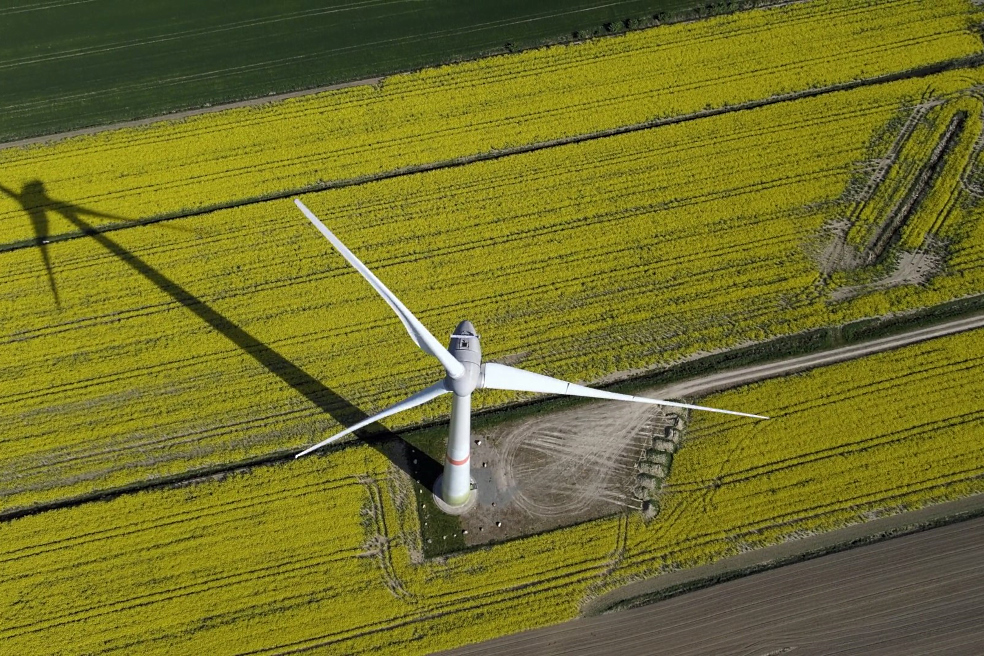
The price of natural gas, oil and hard coal, from which Europeans get a significant part of their electricity, is increasing. In addition, the energy sector requires huge investments.
All of this means that the demand for financing wind farms will continue to grow at a breakneck pace.
Progress improves the investment attractiveness of wind energy
Wind power can be classified as an unregulated source of energy.The productivity of a wind power plant depends on the wind speed, a factor characterized by great variability.
Accordingly, the supply of electricity from the wind turbine to the power grid is highly uneven both on a daily, weekly, monthly, annual and multi-year basis. This is a problem that requires additional funding for more stable energy sources and prevents large power systems from relying entirely on wind farms.
Given that the power system is designed for variable loads that wind power cannot regulate, this source contributes to the destabilization of the system to a certain extent. It is clear that wind energy requires a power reserve (for example, in the form of gas turbine power plants), as well as mechanisms for smoothing their generation (for example, pumped storage power plants).
Rapid progress makes wind generation an increasingly reliable and predictable source of electrical energy that no longer creates problems in the operation of large power grids. A number of findings in recent years show that large groups of wind farms can experience power fluctuations of no more than 10% during an hour, which can easily be compensated by other energy sources.
Today, forecasting technologies are constantly being improved, based on more and more accurate weather forecasts and statistical data analysis.
Using advanced models of wind turbines, it is possible to predict in advance the amount of energy produced for a period of 5 minutes to 72 hours, as well as to estimate with high accuracy the future generation by seasons and annual cycles.
Wind farm financing is characterized by the fact that huge capital costs in the early stages of the project are replaced by relatively low costs in the operation and maintenance phase. Capital costs include the cost of purchasing a wind turbine, the costs of transporting large-sized equipment, construction work, connection to the power grid, land fees and bank loan servicing.
It should be noted that specific capital costs and the cost of electricity production at wind power plants have significantly decreased over the past 25 years.
During this period, the specific cost of building onshore wind farms decreased from 4,000 to less than 1,000 euros per kW of installed capacity, and the cost of electricity production decreased by 8 times.
Wind farm financing as an investment in the future
Wind energy is distinguished from other sources by its extremely low cost, which allows wind projects to successfully compete with coal-fired power plants, natural gas-fired thermal power plants, and even nuclear power plants in the current environment.A key advantage for investors is the absence of fuel costs, which makes the wind energy project independent of rising hydrocarbon prices.
Moreover, it lays the foundation for the project's success in a volatile fossil fuel market.
Important advantages of modern engineering solutions are the modular design of wind turbines, which makes installation, repair and maintenance quick and relatively cheap. In addition, wind farms do not interfere with agricultural and industrial activity, which allows owners of agricultural land and production facilities to increase green generation without looking for additional construction sites.
The existing advantages of wind energy make this sector extremely attractive to a wide range of lenders and investors.
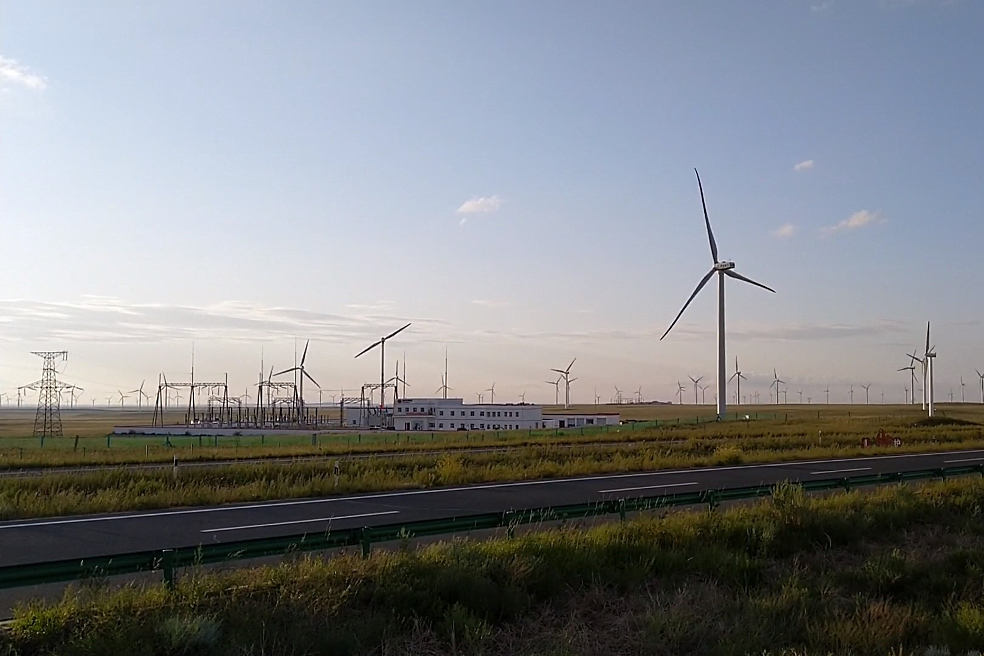
The main security for the investor is that he becomes a co-owner of the assets of the wind energy project, the value of which may increase in the future due to the increase in profitability achieved due to the increase in energy prices and the replacement of turbines with newer ones. Here we are dealing with investments in real value, that is, in goods that can be identified, measured, improved and insured, and therefore restored.
Inflation in the financing of wind farms does not pose a particular threat to investors. Energy prices rise in proportion to economic growth, and natural gas prices have recently hit historic highs, fueling the rise in electricity prices.
Therefore, experts note that even with high inflation rates, investors will remain owners of one renewable energy source with huge financial potential.
The return of invested capital in the wind energy sector with proper investment planning occurs in a relatively short period of time, usually less than 6-8 years.
In the early years, companies can enjoy numerous financial advantages due to government support mechanisms, tax reductions, and so on.
Companies looking to find financing for a wind energy project may look for compromises in terms of quality, level of technology, and even the use of used equipment. For example, some projects today are being developed on the basis of wind turbines that are 2 to 5 years old. This means a significant reduction in the cost of investment projects compared to the use of new equipment, but the actual production of electricity and the level of reliability in the first years of operation of such a wind farm may not be too different from a new facility.
Thanks to the significantly lower cost of equipment, such a project does not require a strong support system, subsidies or expensive project financing to achieve high rate of return.
A properly designed repowering strategy can further increase the project's profitability.
But this is also not necessary, because a properly maintained wind turbine can work up to 40 years without loss of efficiency.
If you are looking for wind energy project financing, investment loan, refinancing, guarantees or professional financial consulting services, contact our experts at any time. We are ready to develop a profitable investment solution for your project based on your wishes and financial capabilities.



